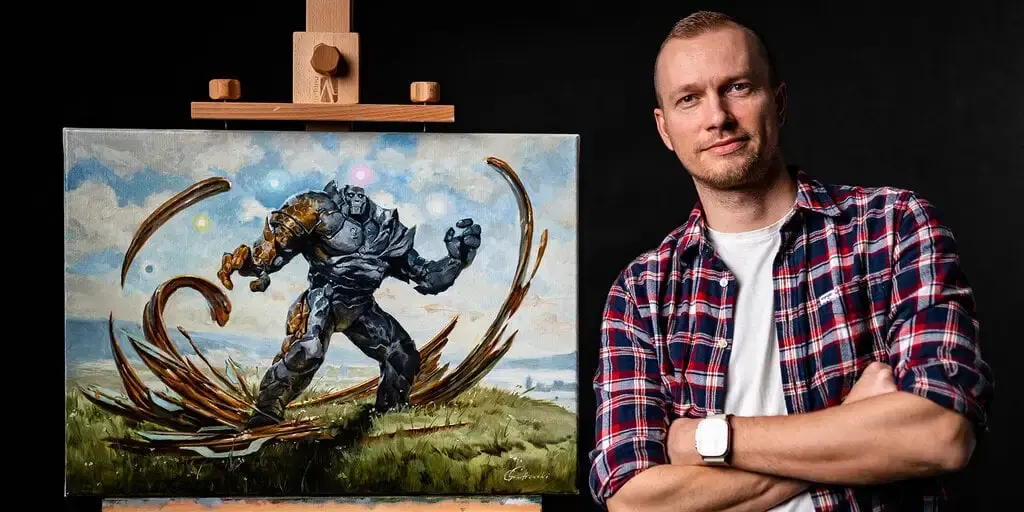Greg Rutkowski, a digital artist known for his surreal style, opposes AI art but his name and style have been frequently used by AI art generators without his consent. In response, Stable Diffusion removed his work from their dataset in version 2.0. However, the community has now created a tool to emulate Rutkowski’s style against his wishes using a LoRA model. While some argue this is unethical, others justify it since Rutkowski’s art has already been widely used in Stable Diffusion 1.5. The debate highlights the blurry line between innovation and infringement in the emerging field of AI art.



TL;DR The new method still requires his art.
LoRA is a way to add additional layers to a neural network that effectively allow you to fine tune it’s behaviour. Think of it like a “plugin” or a “mod”
LoRas require examples of the thing you are targeting. Lots of people in the SD community build them for particular celebrities or art styles by collecting examples of the that celebrity or whatever from online.
So in this case Greg has asked Stable to remove his artwork which they have done but some third party has created an unofficial LoRA that does use his artwork to mod the functionality back in.
In the traditional world the rights holder would presumably DMCA the plugin but the lines are much blurrier with LoRA models.
Great explanation, thanks!